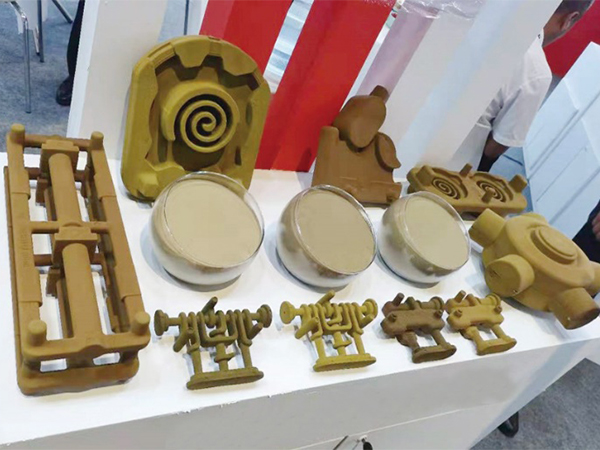Sanding for 3D Printing Achieving Smooth Surfaces and Better Finishes
3D printing has revolutionized manufacturing and prototyping, offering unparalleled design flexibility and speed. However, one challenge that comes with 3D printed objects is surface finish quality. To enhance the appearance and feel of 3D printed models, sanding is an essential post-processing technique utilized by hobbyists and professionals alike.
Sanding for 3D Printing Achieving Smooth Surfaces and Better Finishes
The first step in the sanding process is to select the appropriate sandpaper grit. Sandpapers are categorized by the size of their abrasive particles, with lower numbers indicating a rougher texture and higher numbers indicating finer textures. For initial sanding, a medium grit sandpaper (around 120-220 grit) is recommended to effectively remove the majority of the imperfections. Once the major flaws are eliminated, transitioning to a finer grit (such as 400-800 grit) will help achieve a much smoother finish.
sanding for 3d printing

When sanding, it’s essential to apply even pressure and use consistent strokes to avoid creating uneven surfaces. A sanding block or a rotary tool can assist in achieving a uniform finish, especially on larger flat areas. For intricate designs or hard-to-reach areas, hand sanding may be the best approach. It’s advisable to frequently check the surface for smoothness as you progress through the grits, ensuring that you're not over-sanding any section.
Another consideration during the sanding process is the material of the 3D print. Different materials, such as PLA, ABS, and PETG, can respond differently to sanding. For example, ABS can generate heat during sanding, which may lead to melting if not done carefully. It’s crucial to understand the properties of the filament used to avoid damaging the model during sanding.
After achieving the desired smoothness, some choose to apply additional post-processing treatments, such as priming and painting, to further enhance the appearance. A primer can fill in any minor imperfections and create a good surface for paint adhesion. Finally, a coat of paint can add color and protect the model, completing the transformation from a raw 3D print to a refined product.
In conclusion, sanding is a vital step in the post-processing of 3D printed objects. With the right techniques and materials, users can elevate their prints from functional models to stunning visual pieces. Whether for display, prototyping, or functional use, investing time in the sanding process can significantly improve the quality of 3D printed creations.
Post time:10 сар . 13, 2024 14:29
Next:sand used in sand casting
